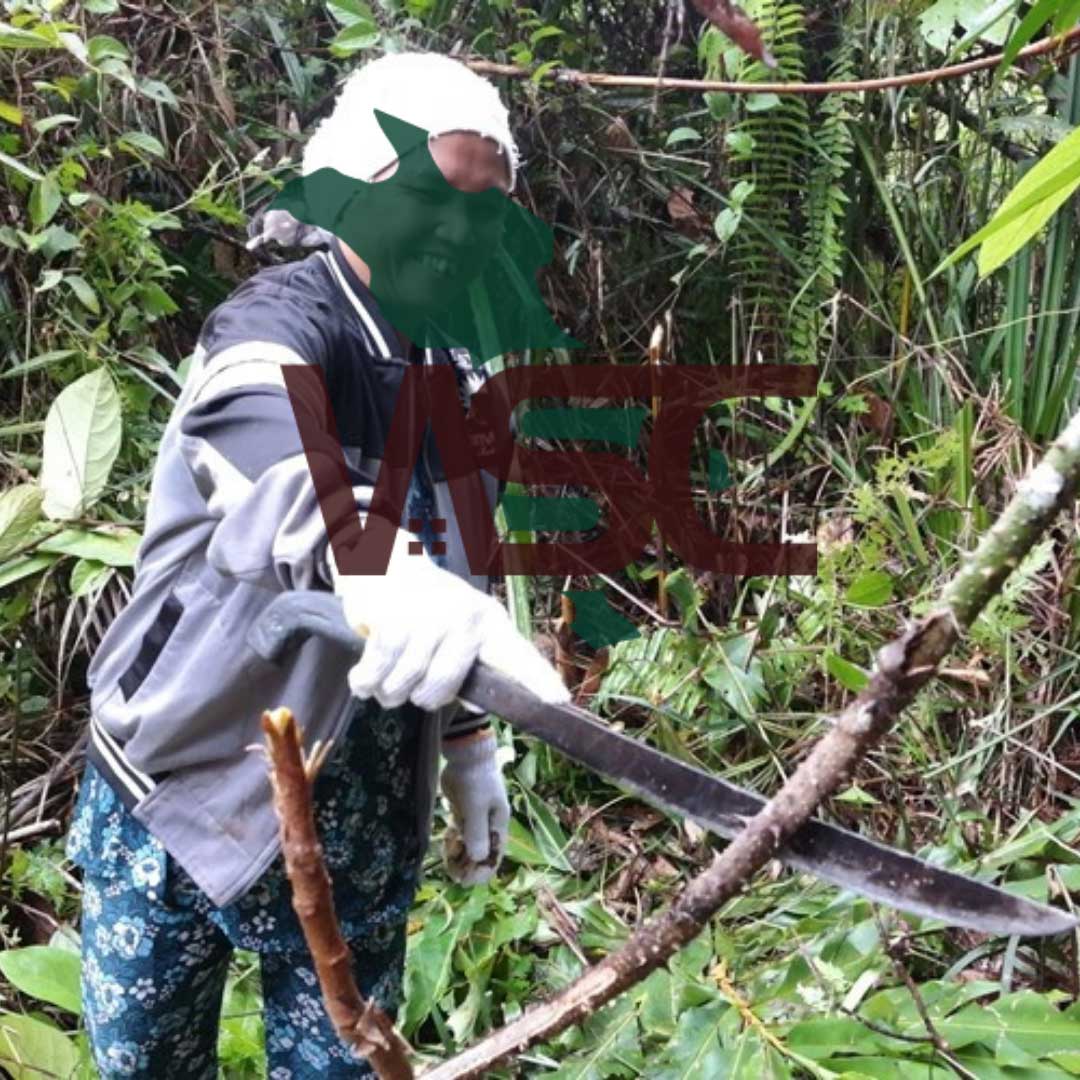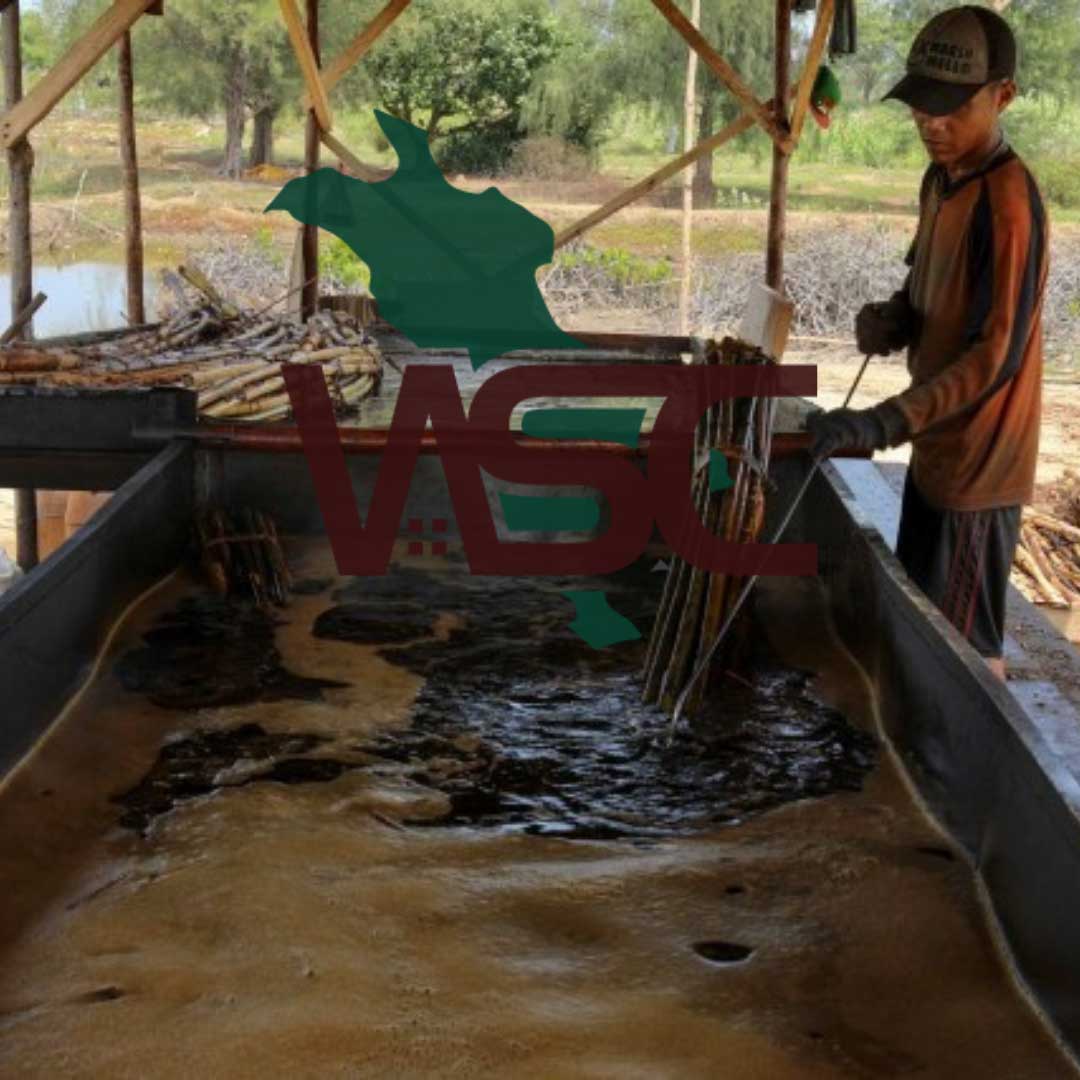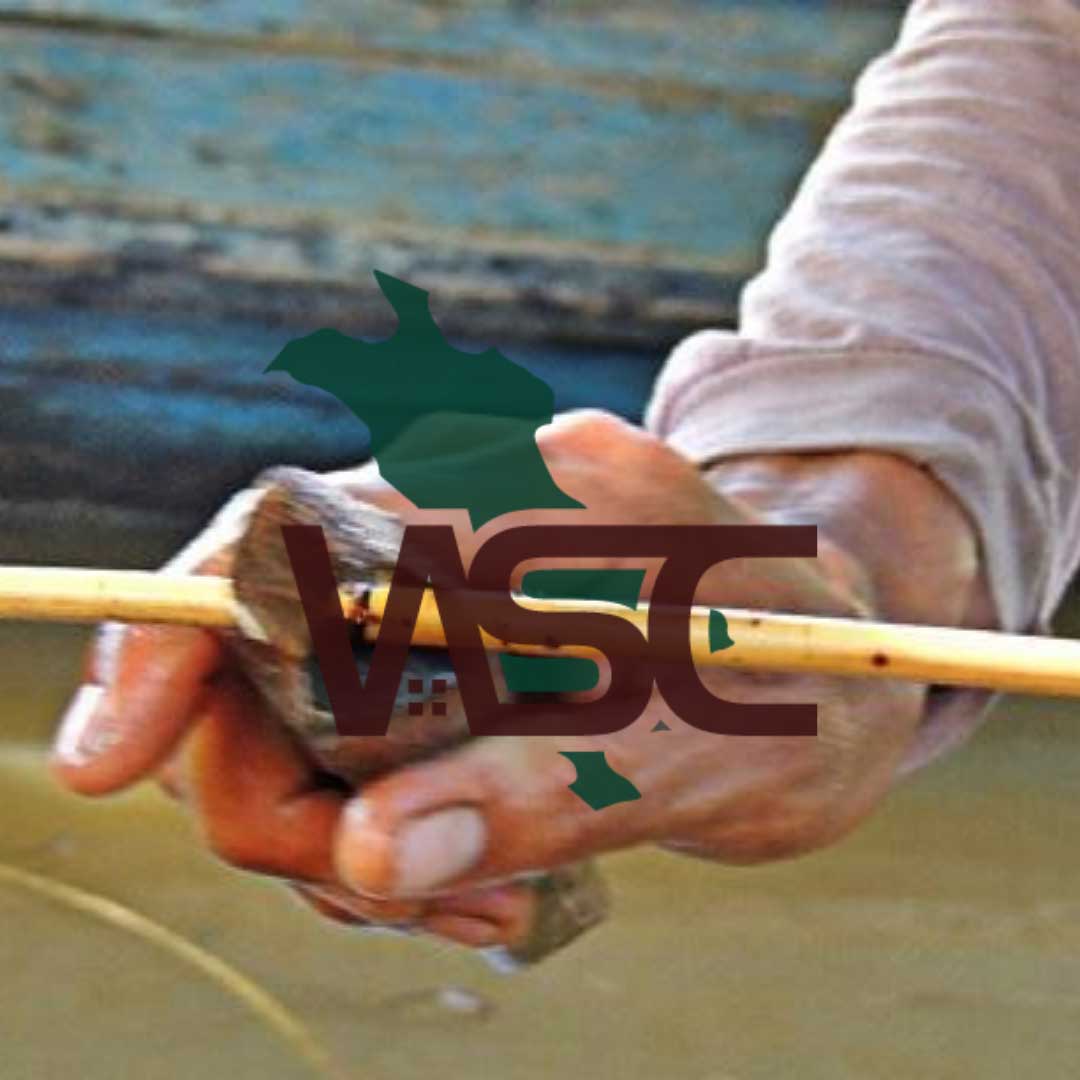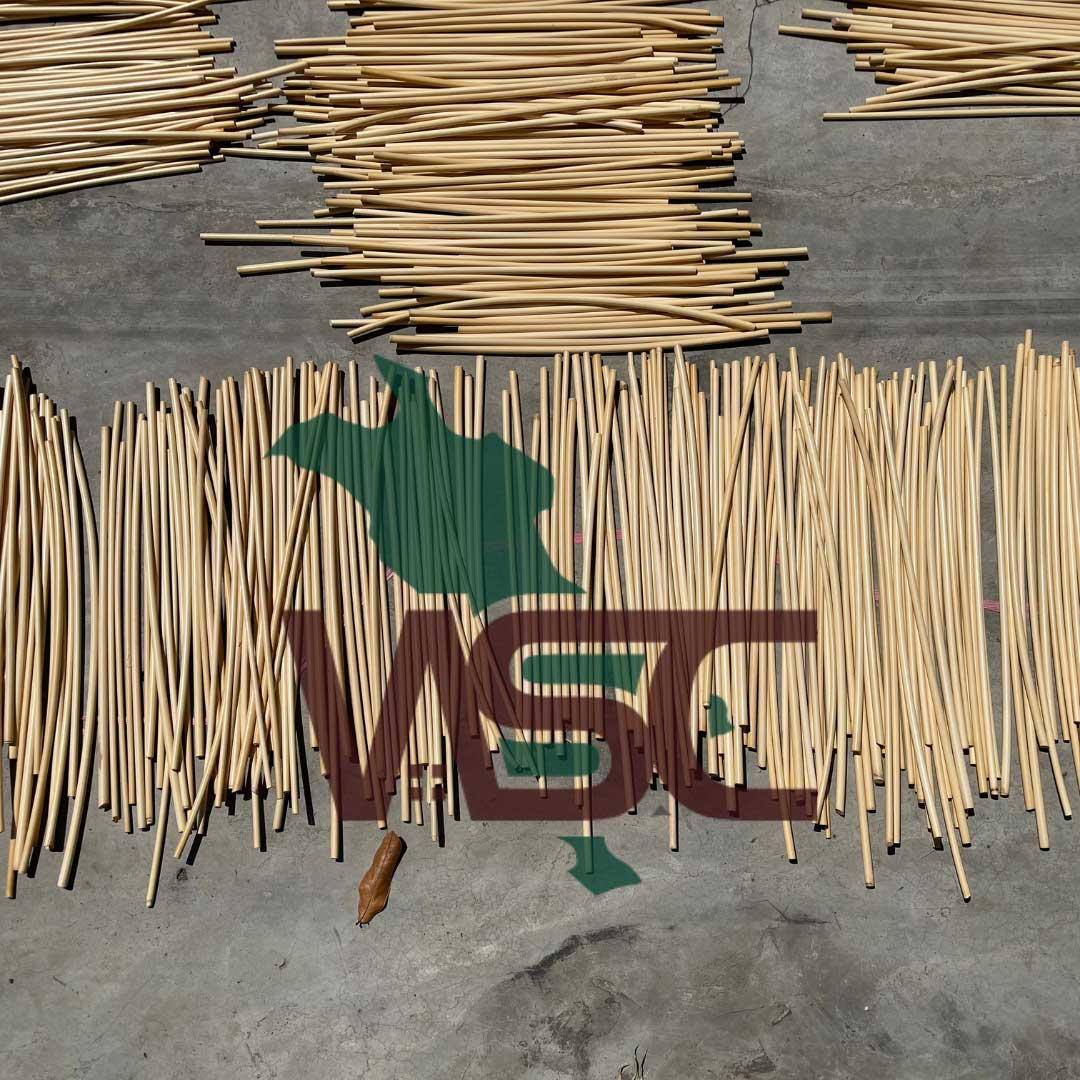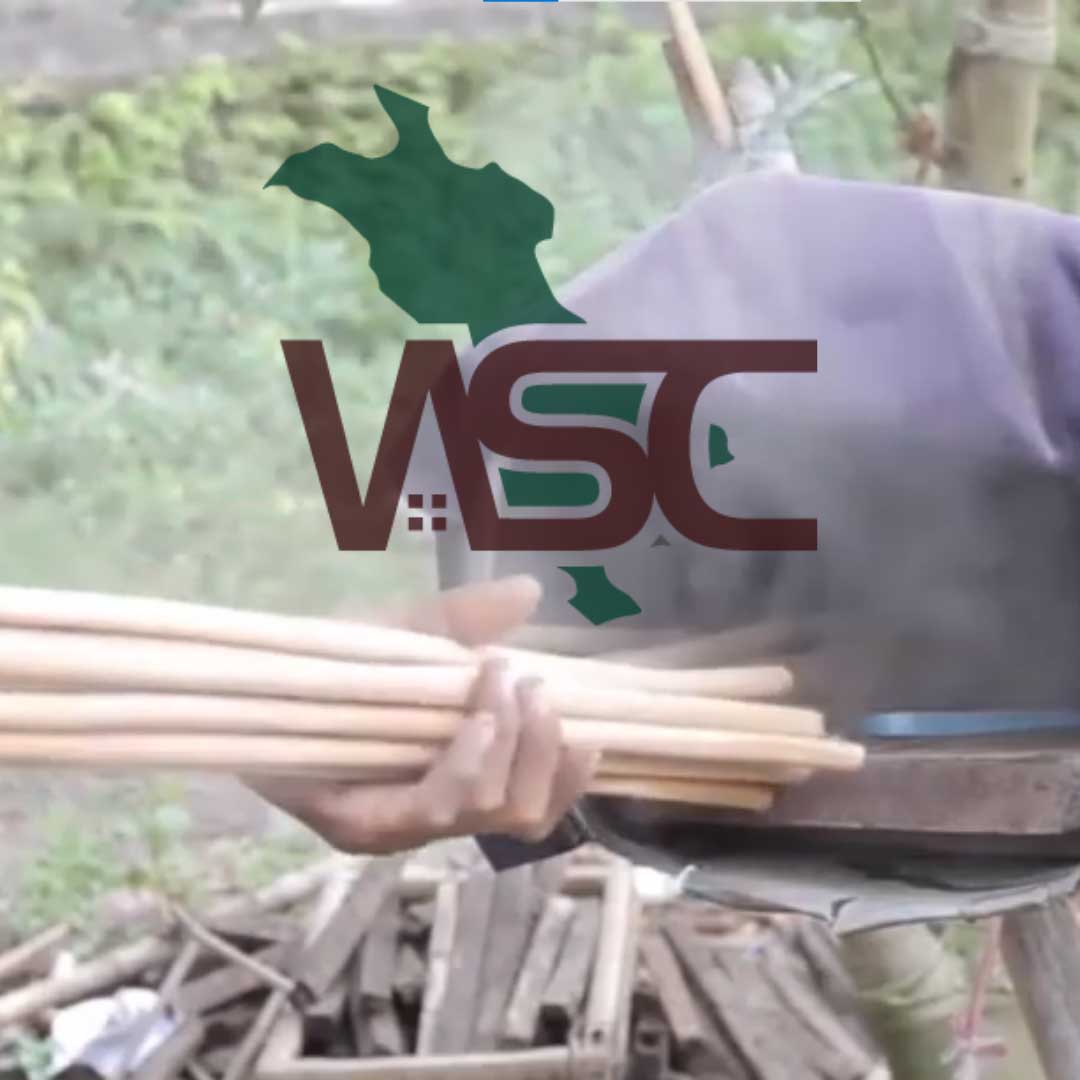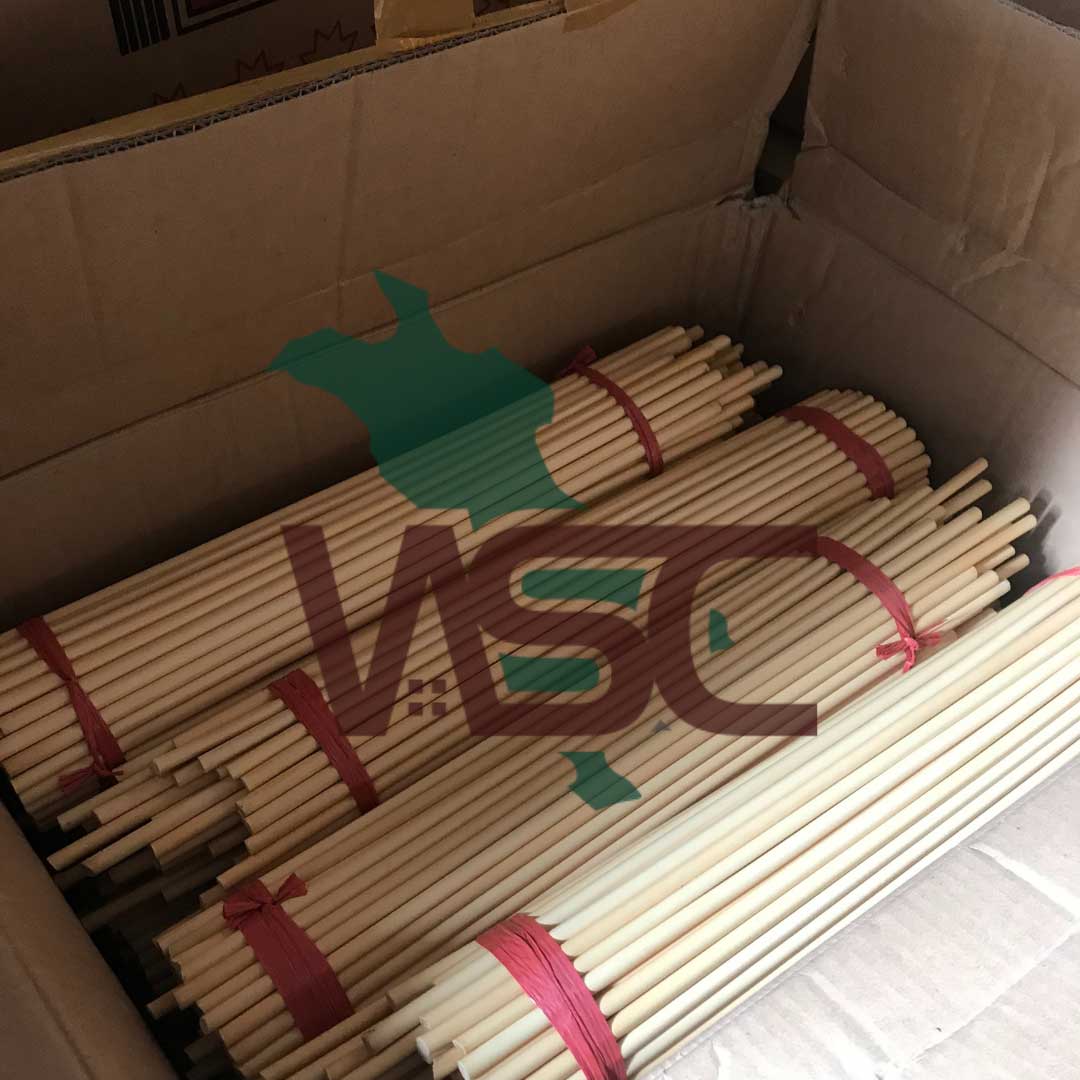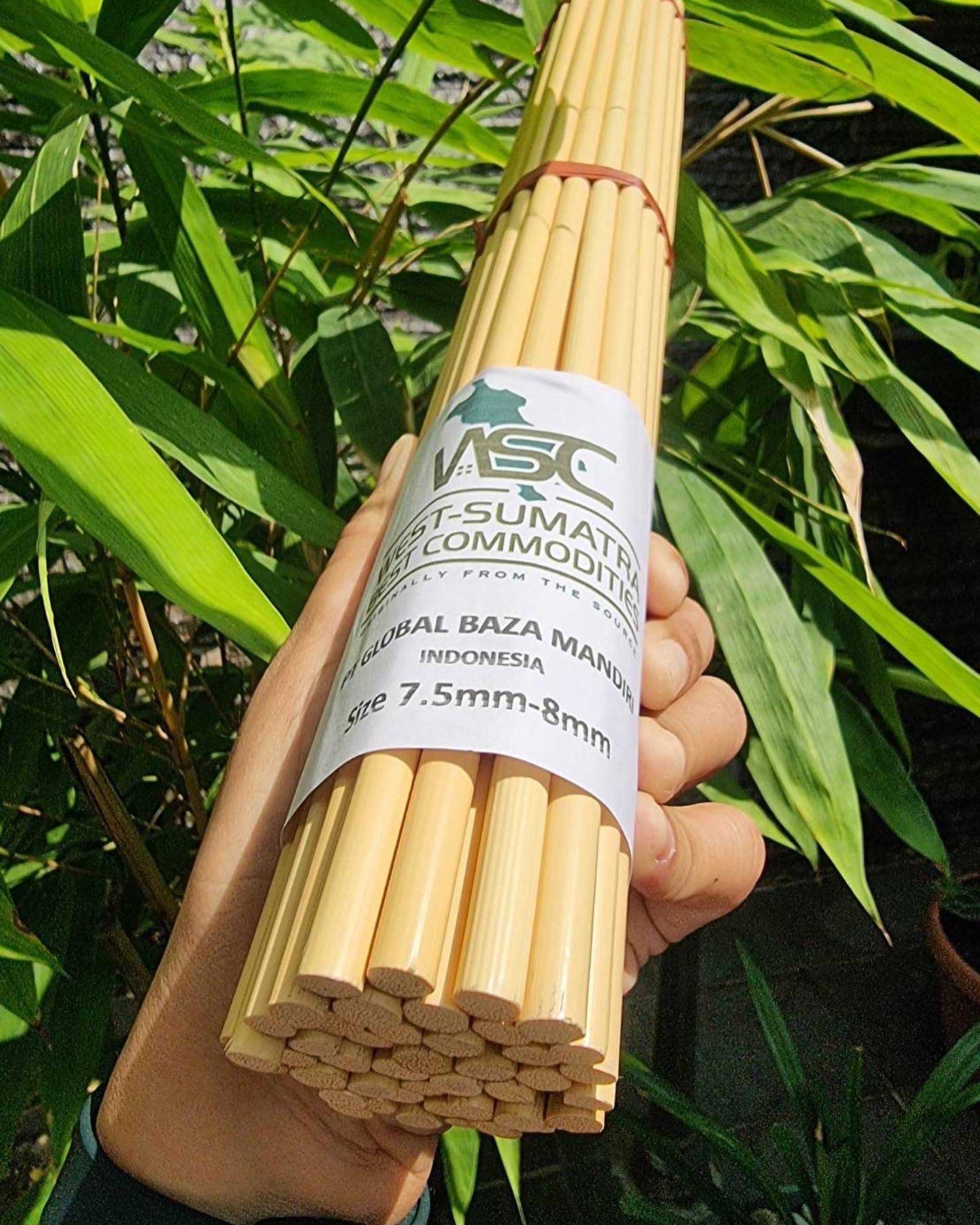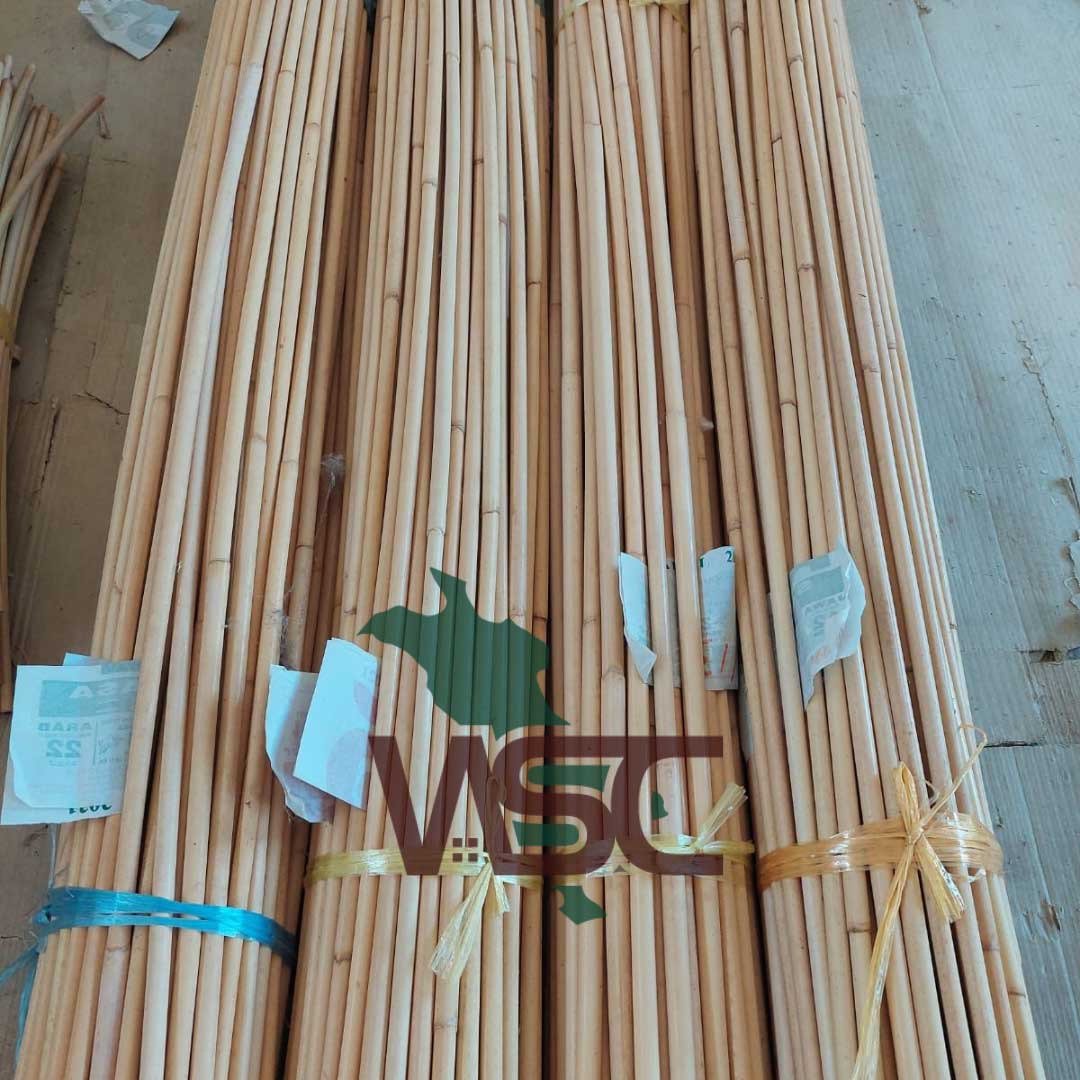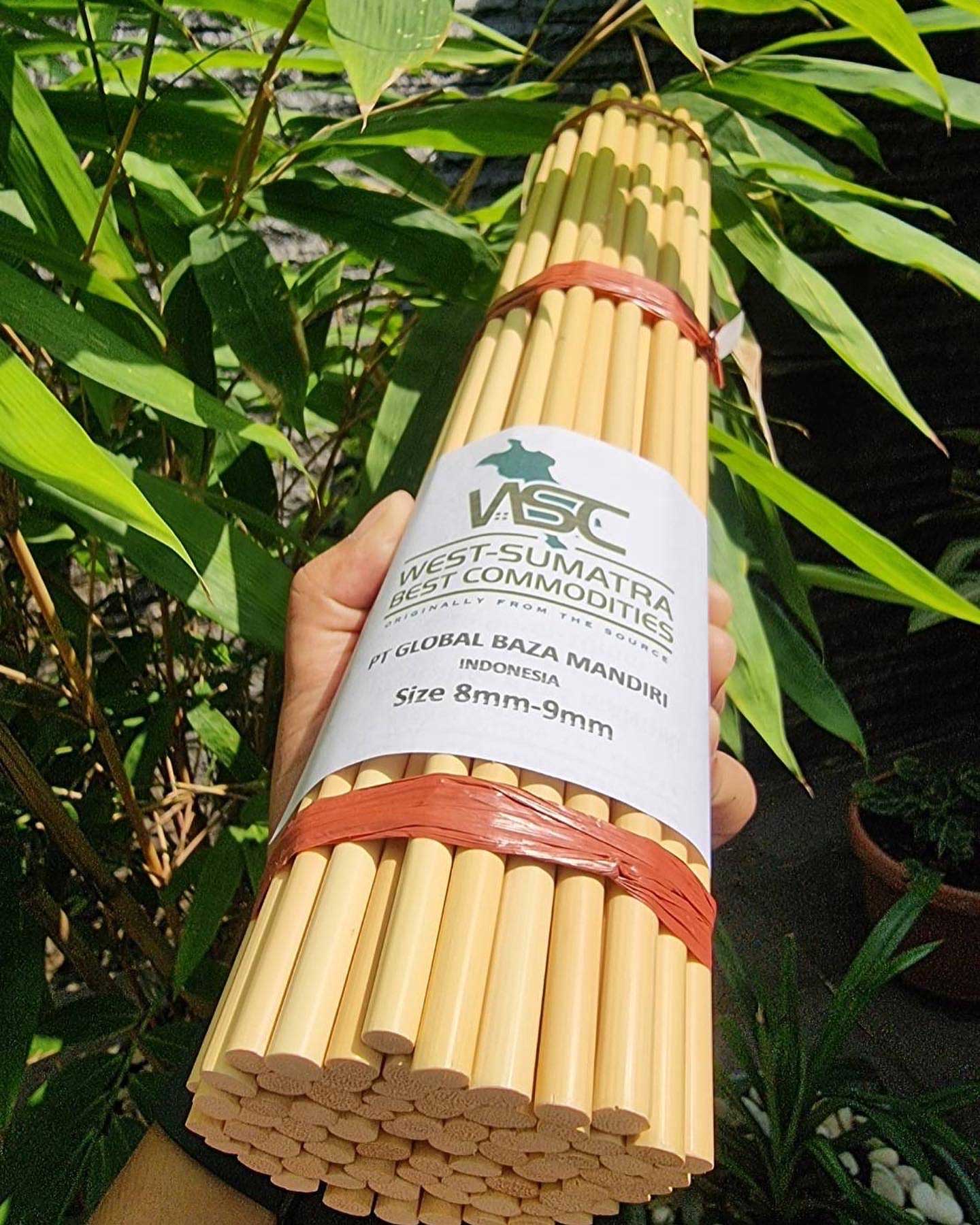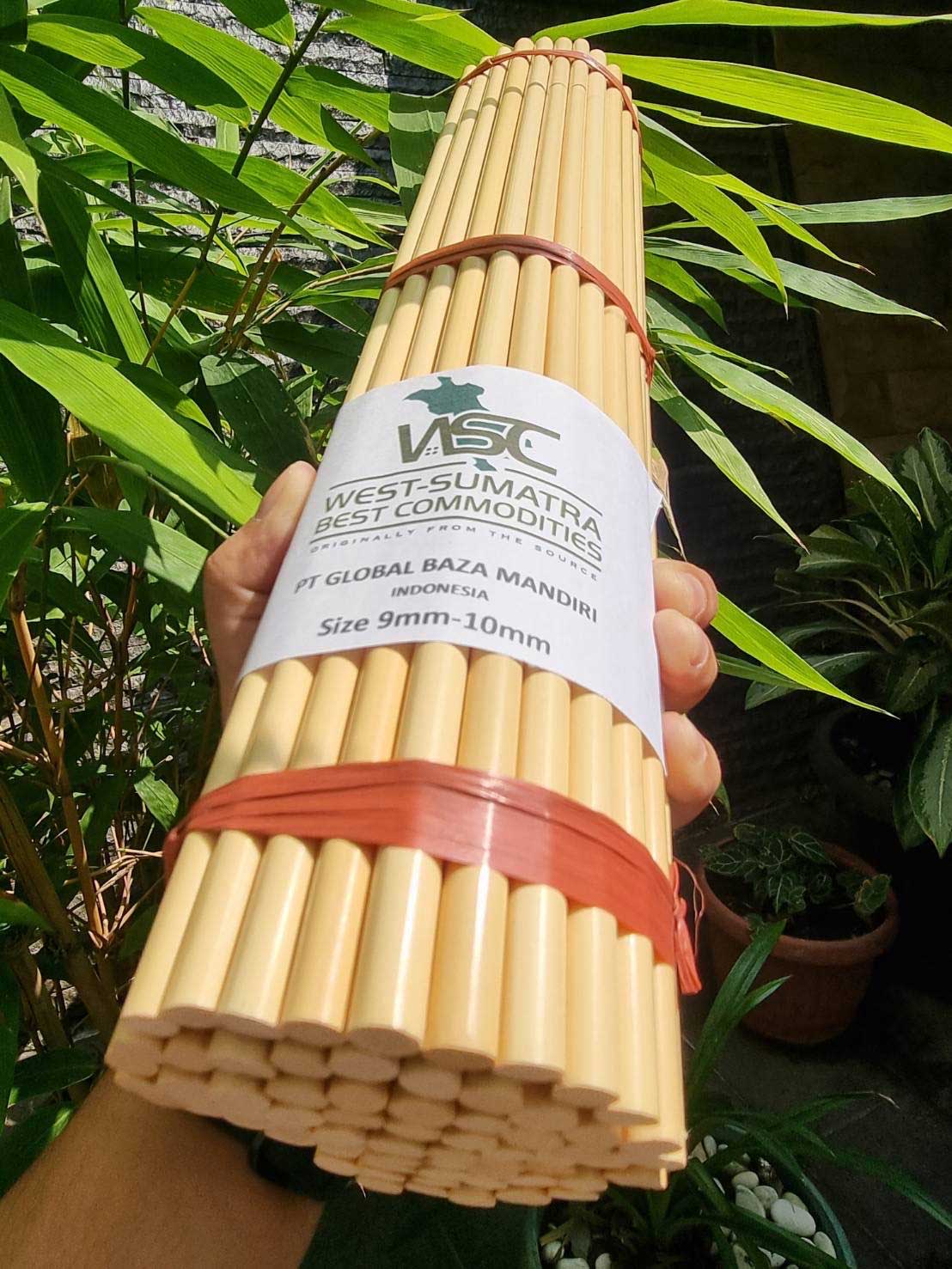The Process Behind Rattan Mallet Stick
1. Harvesting and Handling
The rattan plant is a natural vine that grows in Southeast Asia. Both rattan and cane derive from the rattan plant. Cane
is the thinner material that results from the process of stripping the rattan plant.
Cutting at the ends of the rattan aims to remove the young parts because the young parts can damage the rattan by being attacked by fungi and reduce the quality of the material. The old part of the stem is then cleaned of thorns, petals and dirt.
2. Frying
The goal is to reduce the moisture content so that the rattan dries quickly and doesn't get moldy. The method of frying is by tying rattan pieces into a bundle, then putting them in a container containing a mixture of diesel fuel with coconut oil.
3. Rubbing and Washing
Drain the rattan for about 5 minutes, then rub it using coconut husk or burlap sarong mixed with sawdust. This is done so that the remaining dirt, especially the sap attached to the rattan skin, can be released so that the rattan skin can become clean and shiny
4. Drying
Rattan is dried by drying it in the hot sun with a moisture content ranging from 15% -19%. Drying naturally takes about 22 to 65 days.
5. Stripping & Polishing
Generally done on large rattan with dry conditions. To remove the skin so that the diameter and color are uniform and even.
6. Fumigation
The goal is that the rattan is evenly yellow and shiny. This smoking is done on natural colored rattan and is done in about 12 hours.
7. Preservation
Preservation is a chemical or physical treatment of rattan which aims to increase the shelf life of rattan. Besides functioning to prevent damage to the rattan, pickling also functions to extend the service life of the rattan.


